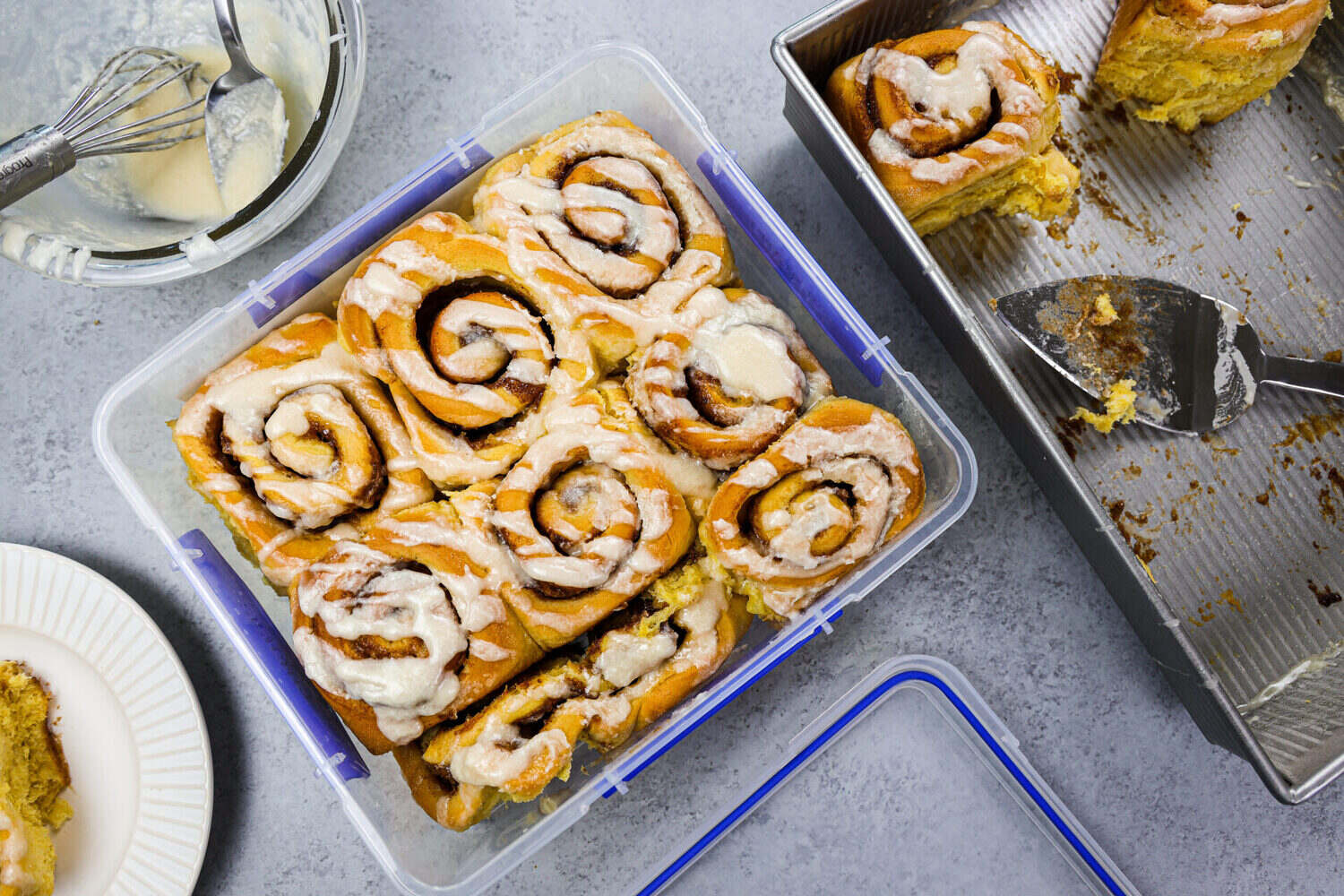

Articles
How To Store Baked Goods
Modified: August 19, 2024
Learn how to store your freshly baked goods to keep them fresh and delicious for longer. Read our helpful articles on proper storage techniques and tips.
(Many of the links in this article redirect to a specific reviewed product. Your purchase of these products through affiliate links helps to generate commission for Storables.com, at no extra cost. Learn more)
Introduction
When it comes to enjoying freshly baked goods, proper storage is essential to preserving their taste and texture. Whether you have just baked a batch of cookies, a loaf of bread, or a delicate pastry, knowing how to store them correctly will help maintain their freshness for longer periods.
In this article, we will discuss the importance of proper storage for baked goods and explore various options for storing them at different temperatures. We will also delve into packaging and wrapping techniques for long-term storage and provide tips for extending the shelf life of your beloved treats.
So, if you want to savor the flavors of your homemade goodies for as long as possible, read on to discover the secrets of effective baked goods storage.
Key Takeaways:
- Proper storage of baked goods is crucial for maintaining freshness, taste, and safety. Understanding room temperature, refrigeration, and freezing options, along with effective packaging techniques, can help extend the shelf life of your treats.
- Utilizing proper storage techniques and packaging methods can help you enjoy your homemade baked goods for longer periods, reduce food waste, and share your delicious creations with family and friends.
Read more: How To Store Baking Pans
Importance of Proper Storage for Baked Goods
Properly storing baked goods is crucial to maintain their taste, texture, and overall quality. Whether you’re a seasoned baker or just starting out, understanding the significance of proper storage techniques will help you make the most out of your baking endeavors.
One of the key reasons to store baked goods correctly is to preserve their freshness. Baked goods that are stored improperly can become stale, dry, and lose their original flavors. By using the right storage methods, you can extend the shelf life of your treats and ensure they stay moist and delicious for longer.
Another important aspect of proper storage is food safety. Baked goods can be susceptible to spoilage and bacterial growth if not stored correctly. This can lead to foodborne illnesses and potential health risks. By following the appropriate storage guidelines, you can minimize the chances of contamination and keep your baked goods safe to consume.
Proper storage also helps maintain the visual appeal of your baked treats. Breads, pastries, and cookies can easily crumble or lose their shape if exposed to the wrong conditions. By storing them properly, you can ensure that your creations retain their aesthetic appeal, making them more enjoyable to serve and share with others.
Furthermore, storing baked goods correctly can save you time and effort. When stored improperly, your treats may become stale or develop mold, forcing you to discard them. This not only wastes your time and ingredients but also your hard-earned money. By implementing proper storage techniques, you can avoid unnecessary waste and maximize the lifespan of your baked goods.
Overall, understanding the importance of proper storage for baked goods is essential for any baking enthusiast. By keeping your treats fresh, safe, and visually appealing, you can enjoy them for longer periods and share them with others, knowing that they are at their best.
Room Temperature Storage Options
When it comes to storing baked goods at room temperature, it’s important to consider the type of treats and their moisture content. Some baked goods remain fresh and delicious when kept at room temperature, while others may require refrigeration or freezing. Here are some room temperature storage options for different types of baked goods:
- Bread: Most bread can be stored at room temperature for a few days. To keep it fresh, store it in a bread box or a paper bag to allow air circulation. Avoid storing bread in plastic bags, as they can make the crust soggy.
- Cookies: Cookies are best stored in an airtight container or cookie jar at room temperature. Ensure that they are completely cool before storing to prevent moisture buildup. To maintain their crispness, you can add a slice of bread or a few apple slices to the container to absorb excess moisture.
- Cakes: Unfrosted cakes can be stored on the countertop for a day or two. However, if the cake contains icing or filling that can spoil, it’s best to refrigerate it. Wrap the cake tightly with plastic wrap or store it in an airtight container to prevent it from drying out.
- Pastries: Pastries like croissants, muffins, and danishes can be stored at room temperature for a couple of days. Store them in a paper bag or an airtight container to maintain their texture and freshness.
It’s important to note that room temperature storage is suitable for short-term use, typically within a few days. If you need to store baked goods for a longer period, it’s advisable to consider refrigeration or freezing options to maintain their quality and taste.
Remember to check your baked goods regularly for any signs of spoilage or deterioration. If you notice any mold, off smells, or unusual textures, it’s best to discard them to avoid any health risks.
Now that we’ve explored room temperature storage options, let’s move on to discussing how to safely store baked goods in the refrigerator.
Refrigeration Storage Options
Refrigeration is a great option for storing certain types of baked goods, especially those that contain perishable ingredients or have frosting and fillings that can spoil at room temperature. However, it’s important to know which treats are suitable for refrigeration and how to store them properly to maintain their freshness.
Here are some common baked goods that can be refrigerated:
- Cream-filled pastries: Items like cream-filled doughnuts, eclairs, and custard tarts should be stored in the refrigerator. Place them in an airtight container or wrap them tightly with plastic wrap to prevent them from drying out.
- Frosted cakes and cupcakes: Cakes and cupcakes with frosting or cream cheese icing should be stored in the refrigerator. Cover them with a cake dome or place them in a cake box to protect the frosting. If the cake is too large to fit in a container, you can cover the exposed areas with plastic wrap.
- Cheesecake: Cheesecake is best stored in the refrigerator due to its creamy filling. Keep it in its original pan or transfer it to an airtight container. To prevent the top from sticking to the cover, place a sheet of parchment paper over the cake before closing the container.
- Yeast-based pastries: Pastries like cinnamon rolls and brioche can be refrigerated to extend their shelf life. Store them in an airtight container or wrap them tightly in plastic wrap. Before serving, you can briefly warm them in the oven to regain their freshness.
When refrigerating baked goods, it’s important to be mindful of the potential for flavor transfer. Strong-smelling foods like onions or garlic can easily permeate other foods in the refrigerator. To prevent this, store baked goods in a separate section or use airtight containers to keep odors at bay.
It’s worth noting that refrigeration can cause certain baked goods to lose their texture or become dry more quickly. If you plan to store your treats for an extended period, consider freezing them instead for longer-lasting freshness. Keep reading to discover the freezing storage options for your baked goods.
Store baked goods in airtight containers to maintain freshness and prevent them from drying out. Line the containers with parchment paper to create a barrier and keep the treats from sticking.
Freezing Storage Options
Freezing is an excellent method for long-term storage of baked goods. By freezing your treats, you can extend their shelf life and ensure that they retain their freshness and flavor for months. However, it’s important to follow proper freezing techniques to prevent freezer burn and maintain optimal quality.
Here are some popular baked goods that can be successfully frozen:
- Cookies: Most cookies freeze well, whether they are fully baked or in dough form. To freeze baked cookies, make sure they are completely cooled, place them in a freezer-safe container, and separate the layers with parchment paper. To freeze cookie dough, portion it into balls or shape it into logs, wrap it tightly in plastic wrap, and place it in a freezer bag.
- Bread and rolls: Freshly baked bread and rolls can be frozen to maintain their texture and flavor. Allow them to cool completely, wrap them tightly in plastic wrap or aluminum foil, and place them in a freezer bag. For individual servings, slice the bread before freezing and separate the slices with parchment paper.
- Cakes: Cakes can also be frozen for later enjoyment. Wrap the fully cooled cakes in plastic wrap or aluminum foil and place them in a freezer bag or airtight container. Freezing unfrosted cakes is recommended, as frostings and fillings may alter in texture when thawed.
- Pies and tarts: Fruit pies and tarts freeze well and can be enjoyed later. Before freezing, make sure the pie or tart is fully baked, then wrap it in plastic wrap and place it in a freezer bag. To retain their crispness, freeze pastries like quiches or savory tarts before baking, and bake them straight from the freezer when needed.
When freezing baked goods, it’s crucial to label them with the name and freezing date to keep track of their freshness. Additionally, ensure you have a well-maintained freezer that maintains a consistent temperature to prevent any fluctuations that could impact the quality of the frozen treats.
To thaw your frozen baked goods, transfer them to the refrigerator and let them thaw gradually. This will help preserve their texture and prevent moisture accumulation. Depending on the item, thawing times may vary, so plan ahead accordingly.
By utilizing proper freezing techniques, you can have a stockpile of delicious baked goods ready to enjoy whenever the craving strikes.
Now that we’ve covered freezing options, let’s move on to the best packaging and wrapping techniques to ensure the longevity of your treats.
Read more: How To Store Baked Cake
Packaging and Wrapping Techniques for Long-Term Storage
Proper packaging and wrapping are key to preserving the quality and freshness of your baked goods during long-term storage. By using the right materials and techniques, you can protect your treats from moisture, freezer burn, and flavor transfer. Here are some effective packaging and wrapping techniques:
- Airtight Containers: Investing in airtight containers is essential for preserving the freshness of your baked goods. Choose containers made of food-safe materials such as glass or plastic with a tight seal. Make sure to remove any excess air before sealing the containers to minimize the risk of moisture buildup.
- Plastic Wrap: Plastic wrap is a versatile tool for wrapping individual portions of baked goods or covering items like cakes and breads. Wrap them tightly to prevent air and moisture from entering, and minimize contact with the wrap to avoid smudging frostings or toppings.
- Aluminum Foil: Aluminum foil is ideal for wrapping larger baked items such as whole cakes and pies. It provides an additional layer of protection against moisture and freezer burn. Ensure the foil is tightly wrapped around the baked goods to maintain their freshness.
- Freezer Bags: Freezer-safe bags are great for storing individual portions of baked goods or items that need to be tightly sealed. They are particularly useful for freezing cookies, as you can remove and thaw only the number of cookies you need at a time.
- Parchment Paper: Parchment paper works well for creating layers between baked goods in containers or preventing freezer burn when wrapping items. Use it to separate cookies, slices of cake, or stacked pastries to prevent them from sticking together.
Regardless of the wrapping material you choose, clearly label each package with the name of the baked goods and the date of freezing. This will help you keep track of the items in your freezer and ensure you consume them within the recommended time frame.
It’s important to note that while proper packaging and wrapping help maintain the quality of your treats, they are not a substitute for proper storage conditions. Always store your packaged baked goods in the appropriate storage environment, whether it’s at room temperature, in the refrigerator, or in the freezer.
By utilizing these packaging and wrapping techniques, you can ensure that your baked goods stay fresh, flavorful, and free from any potential contamination or deterioration.
Now that we’ve covered packaging and wrapping, let’s explore some tips for extending the shelf life of your baked goods.
Tips for Extending the Shelf Life of Baked Goods
Want to make your delicious baked goods last even longer? Here are some helpful tips to extend their shelf life and keep them fresh for as long as possible:
- Cool Completely: Allow your baked goods to cool completely before storing them. This helps prevent moisture buildup, which can lead to soggy or moldy treats.
- Store in the Right Container: Use airtight containers, plastic wrap, or foil to store your baked goods. These materials help maintain freshness and prevent exposure to air, which can cause them to dry out.
- Keep Moisture in Cookies: To keep cookies moist, add a slice of bread or a few apple slices to the container. They act as natural moisture retainers and help prevent your cookies from becoming dry.
- Avoid Storing Different Flavors Together: Strongly flavored baked goods like garlic bread or onion rolls should be stored separately from other treats. Flavors can transfer and affect the taste of neighboring items.
- Separate Layers with Parchment Paper: When storing multiple layers of cookies or cakes, place parchment paper between each layer to prevent them from sticking together or crushing one another.
- Refrigerate or Freeze when Necessary: If your baked goods contain perishable ingredients or have fillings and frostings that can spoil, refrigerate or freeze them to maintain their freshness and safety.
- Thaw Gradually: When thawing frozen baked goods, transfer them to the refrigerator and let them thaw gradually. This helps maintain their texture and prevents moisture buildup.
- Consume within Recommended Timeframes: While properly stored baked goods can last longer, it’s important to adhere to recommended storage times. This ensures you enjoy them at their best quality and reduces the risk of consuming spoiled products.
- Regularly Inspect for Spoilage: Check your stored baked goods regularly for any signs of mold, unusual textures, or off smells. If you notice any spoilage, discard the affected items to prevent potential health risks.
By implementing these tips, you can extend the shelf life of your baked goods, minimize waste, and enjoy your treats for longer periods.
Now that we’ve covered tips for extending the shelf life of baked goods, let’s wrap up our discussion.
Conclusion
Proper storage is the key to ensuring that your baked goods remain fresh, delicious, and safe to consume. Whether you’re storing bread, cookies, cakes, or pastries, understanding the best storage options and techniques will help you make the most out of your homemade treats.
From room temperature storage to refrigeration and freezing, each method has its own advantages and considerations. Room temperature storage is suitable for short-term use, while refrigeration and freezing options allow for longer-term storage without compromising taste and quality.
Remember to use appropriate packaging and wrapping techniques to maintain freshness and prevent moisture loss or freezer burn. Airtight containers, plastic wrap, aluminum foil, and freezer bags are all valuable tools for protecting your baked goods.
By following these guidelines and tips, you can enjoy your baked goods for an extended period, reduce food waste, and share your tasty creations with family and friends.
Lastly, always be mindful of recommended storage times and regularly inspect your stored baked goods for any signs of spoilage. Your health and safety should never be compromised.
Now that you’re equipped with the knowledge of proper storage techniques, go ahead and indulge in the delightful world of baked goods, confident that you can savor their flavors for as long as possible!
Frequently Asked Questions about How To Store Baked Goods
Was this page helpful?
At Storables.com, we guarantee accurate and reliable information. Our content, validated by Expert Board Contributors, is crafted following stringent Editorial Policies. We're committed to providing you with well-researched, expert-backed insights for all your informational needs.
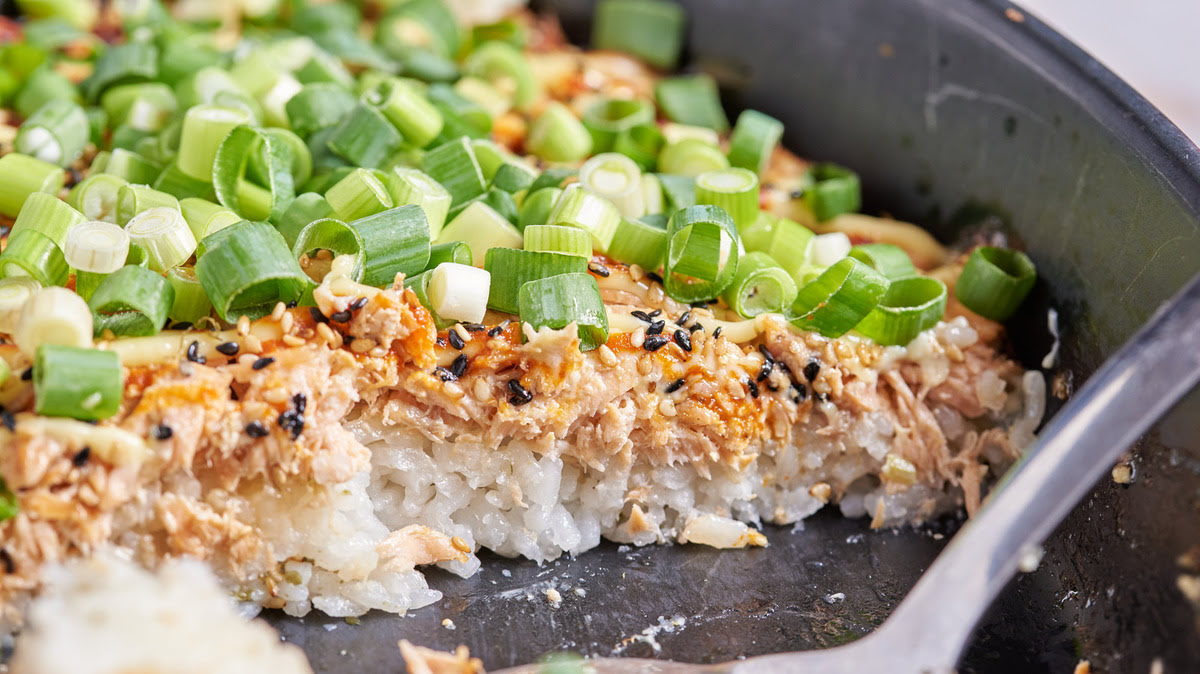
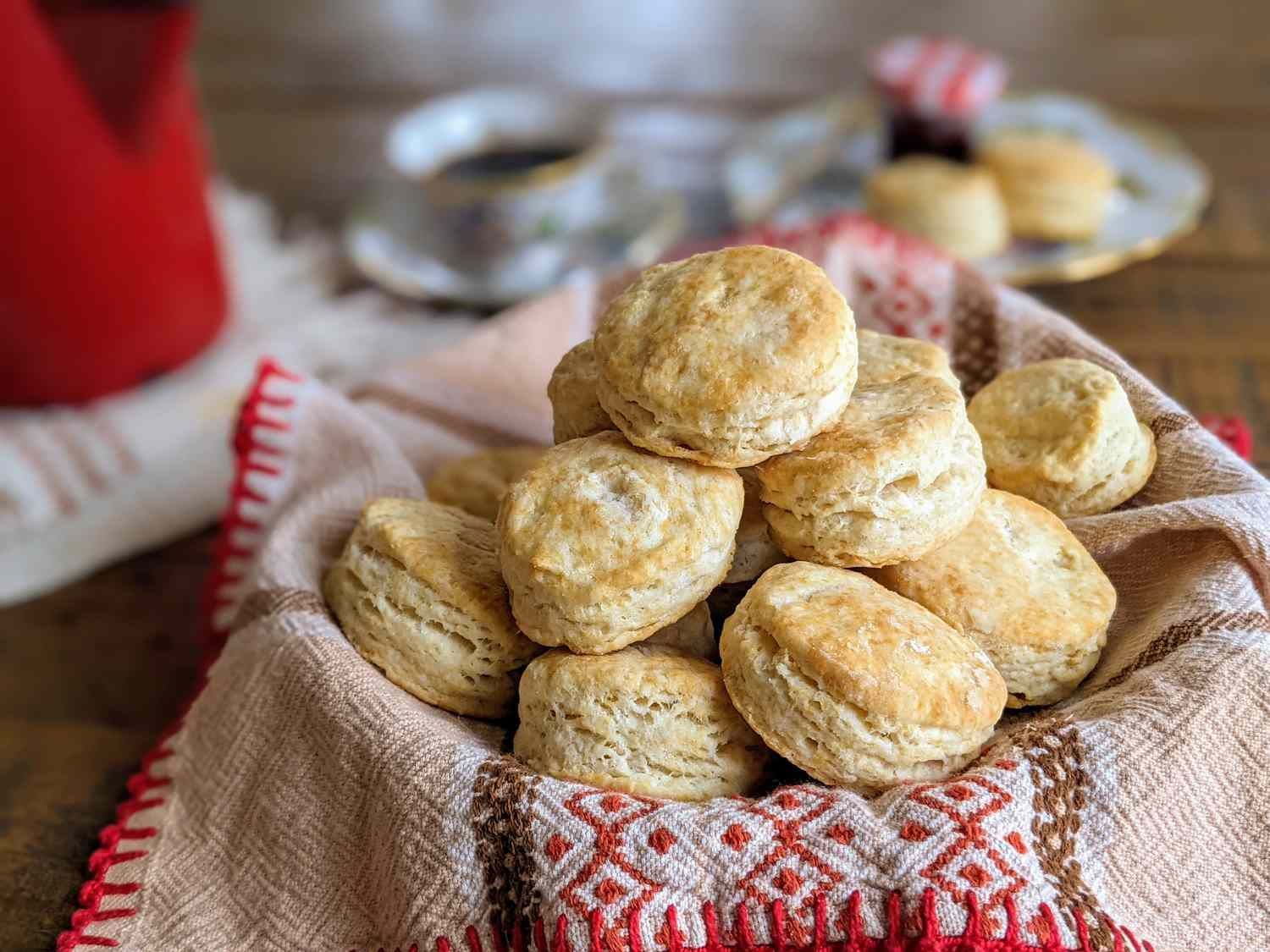
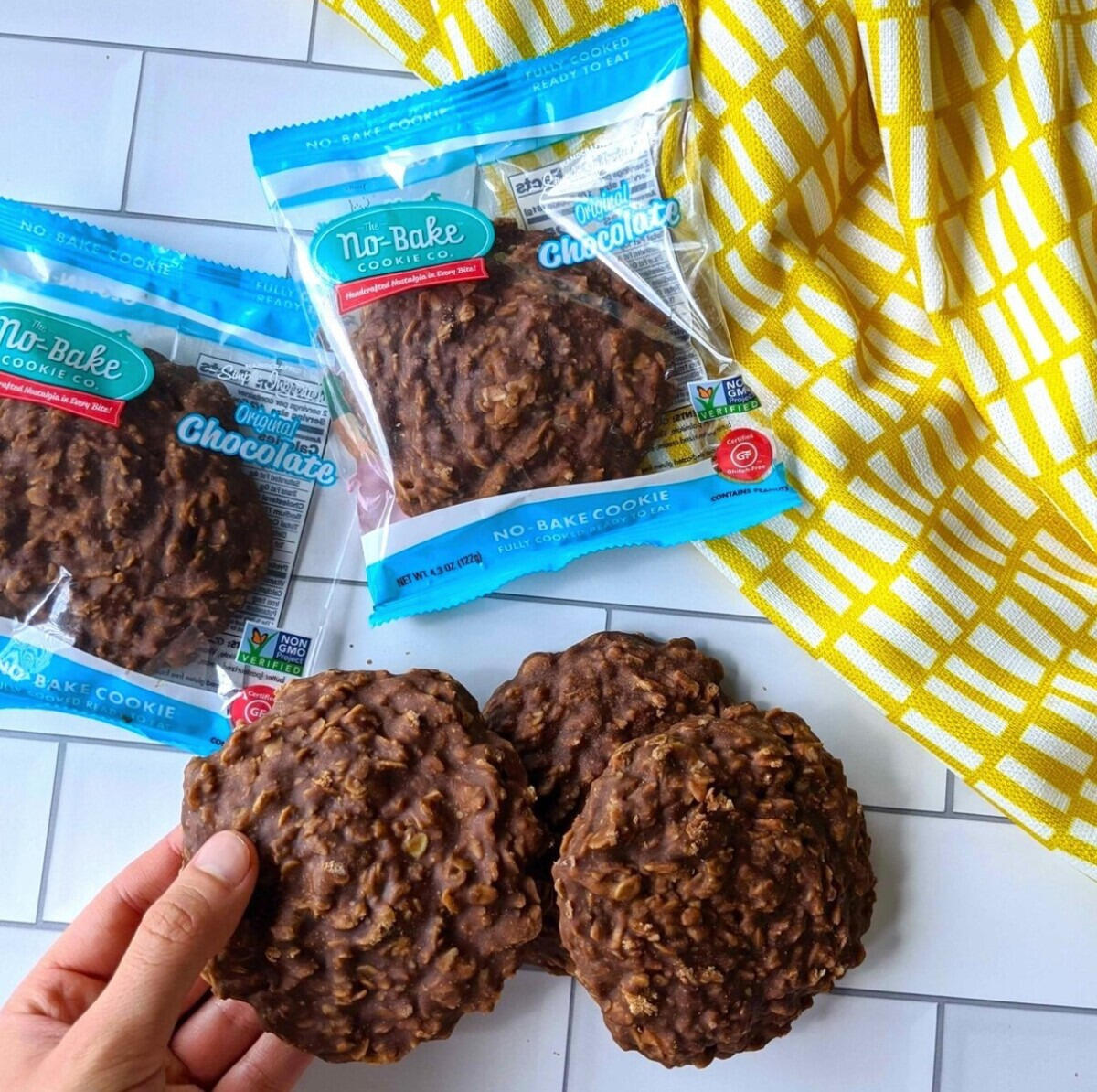
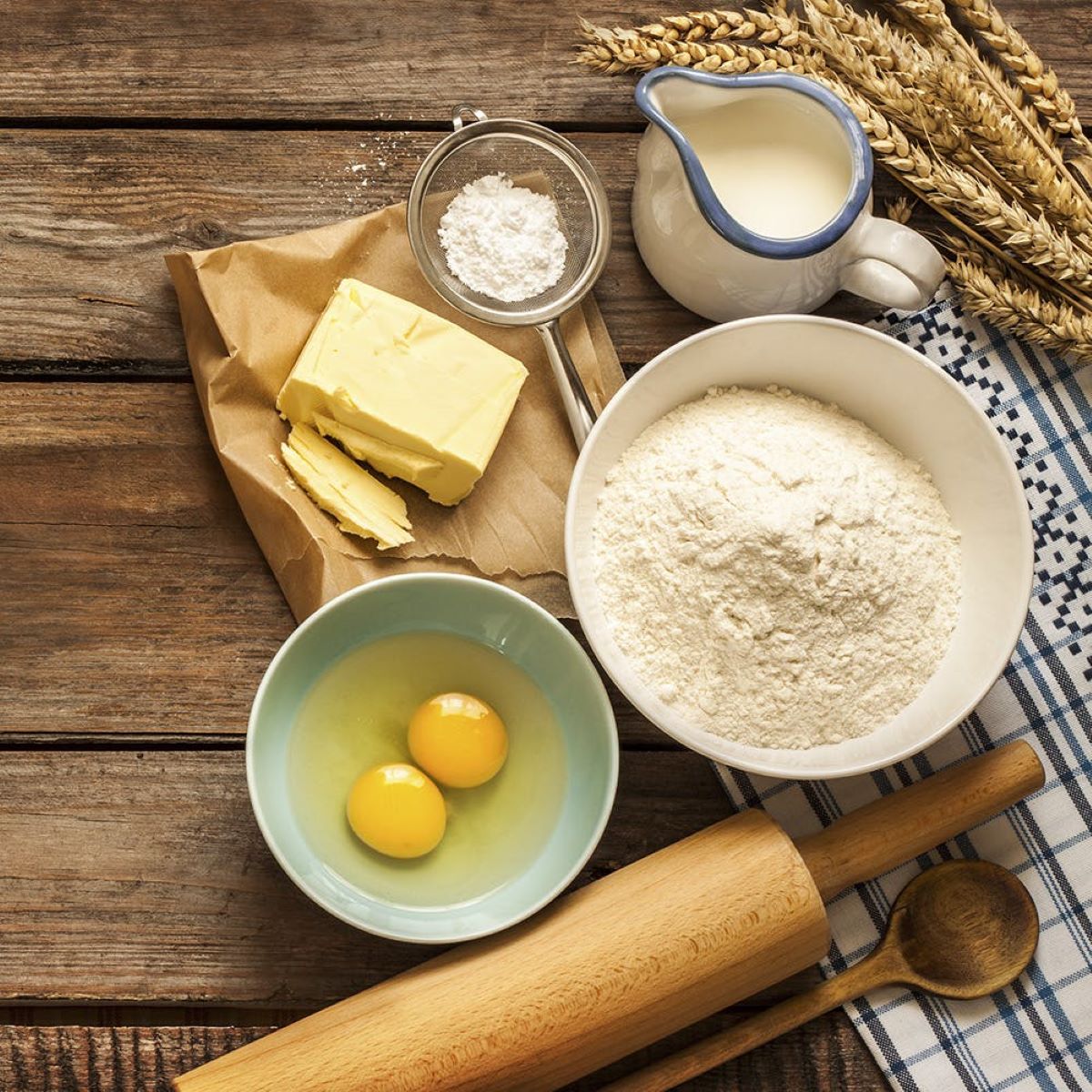
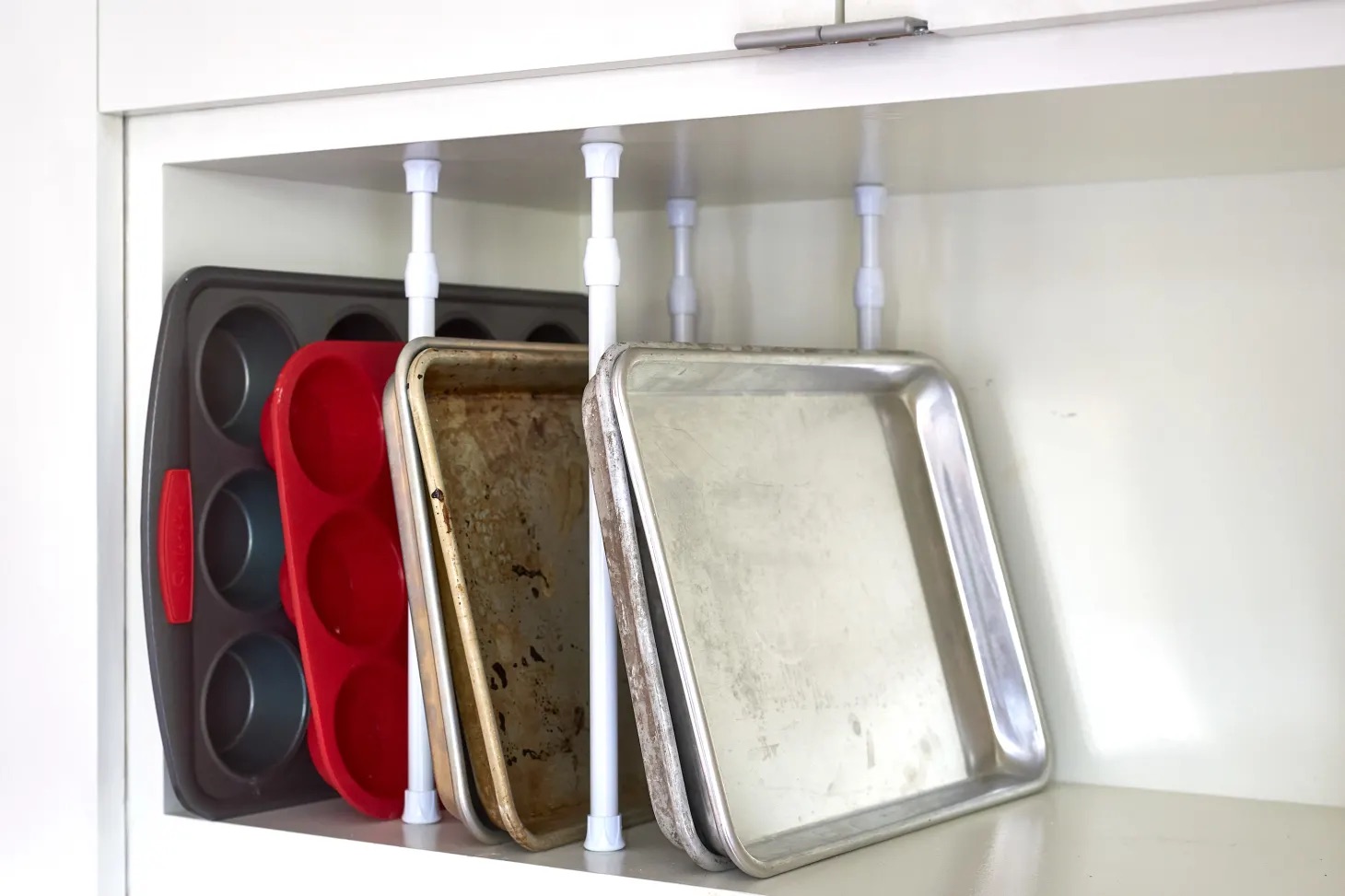

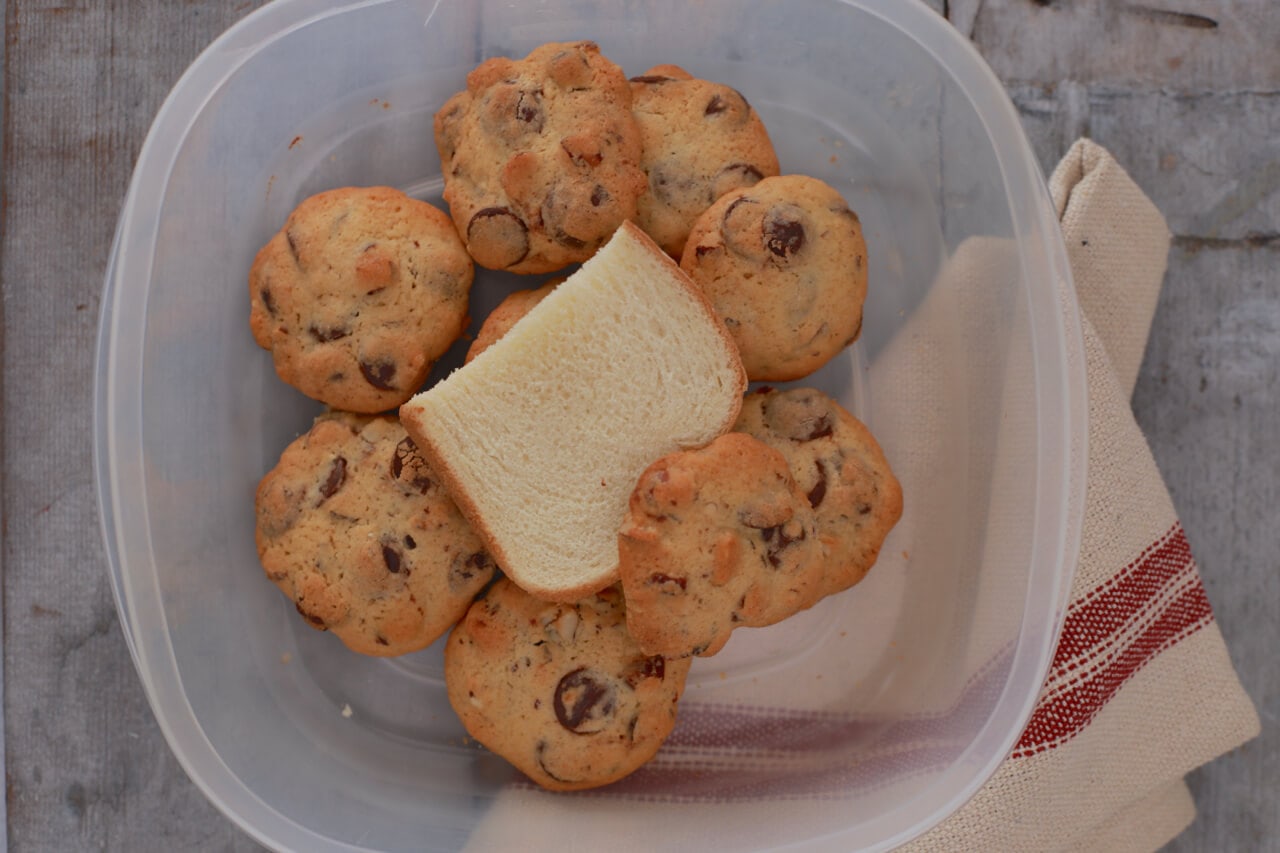
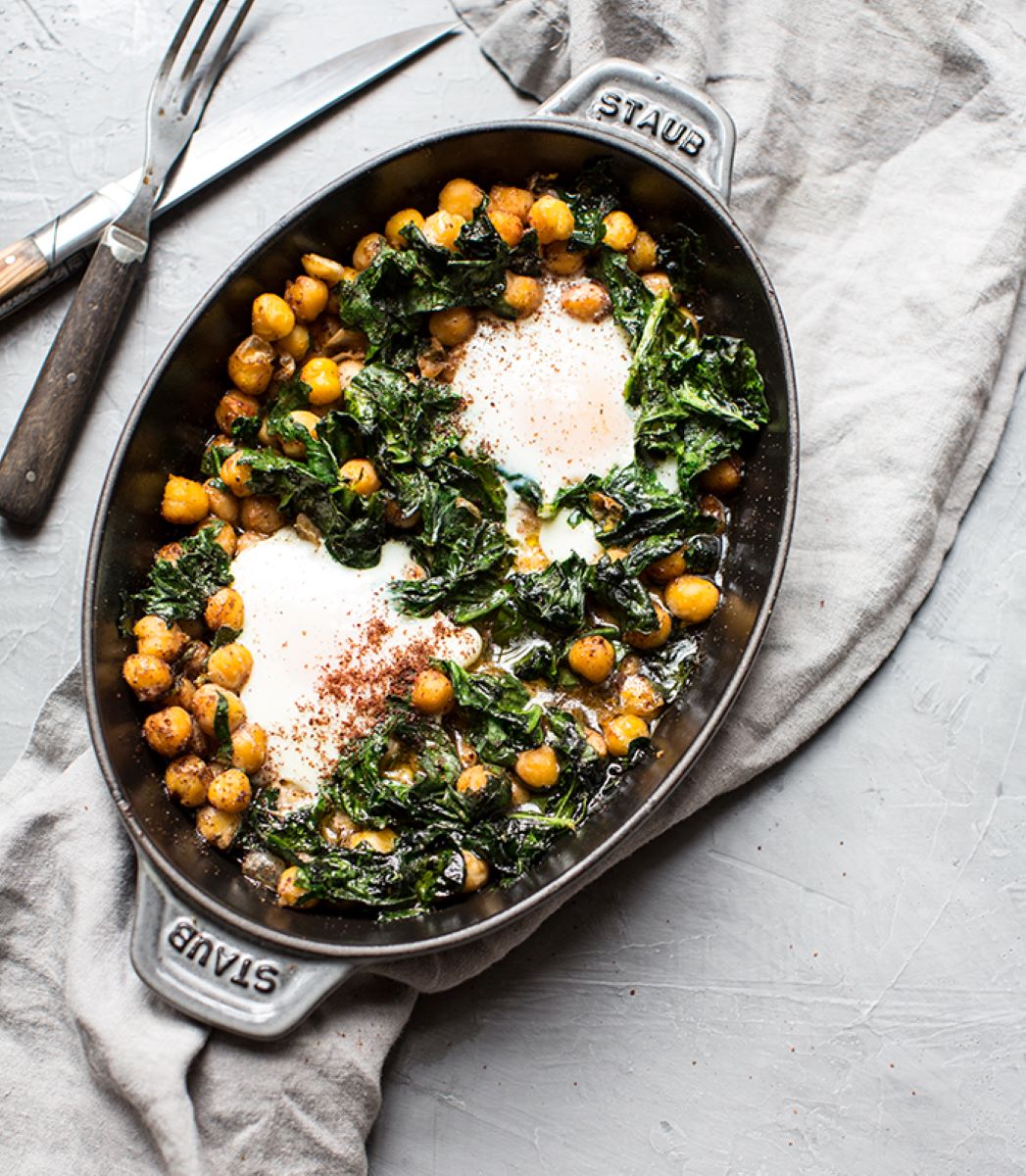
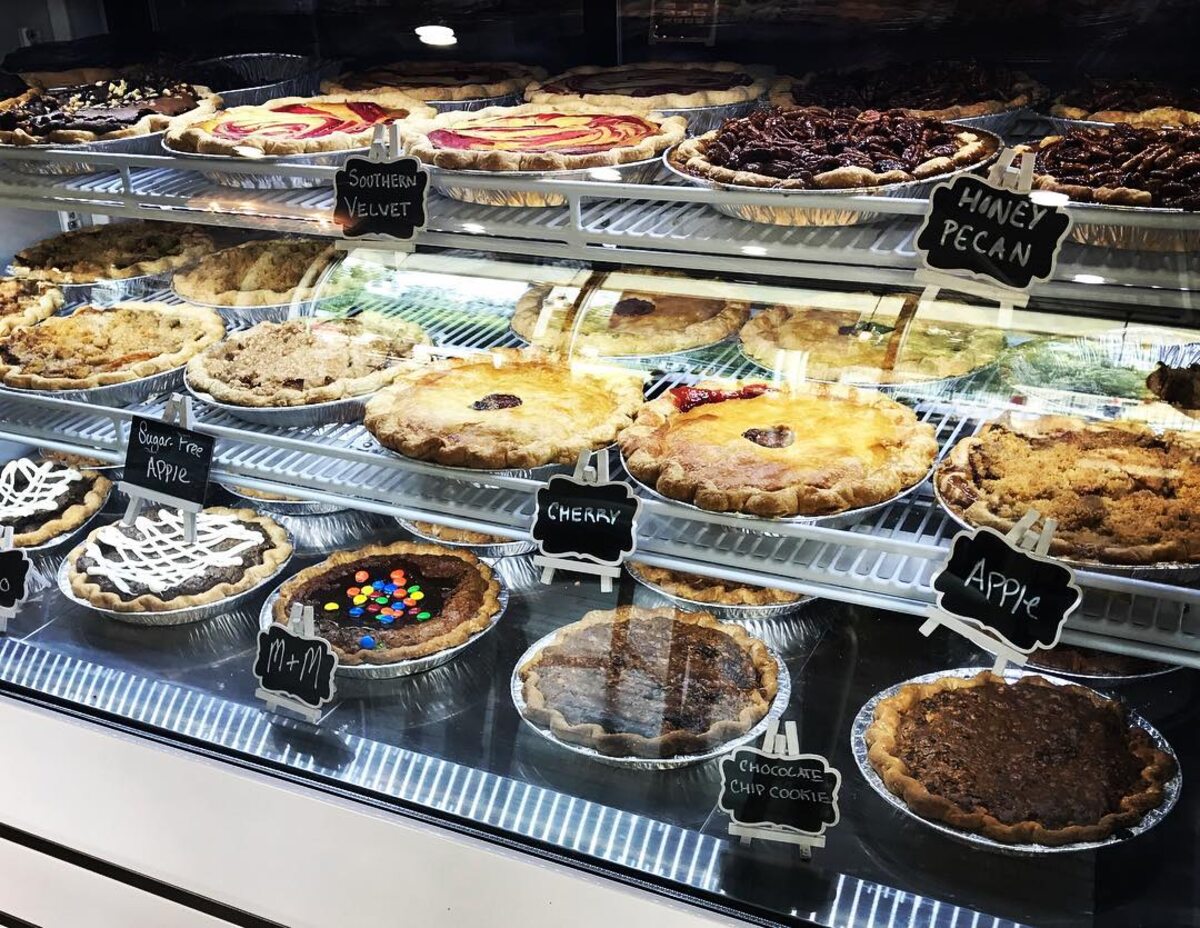
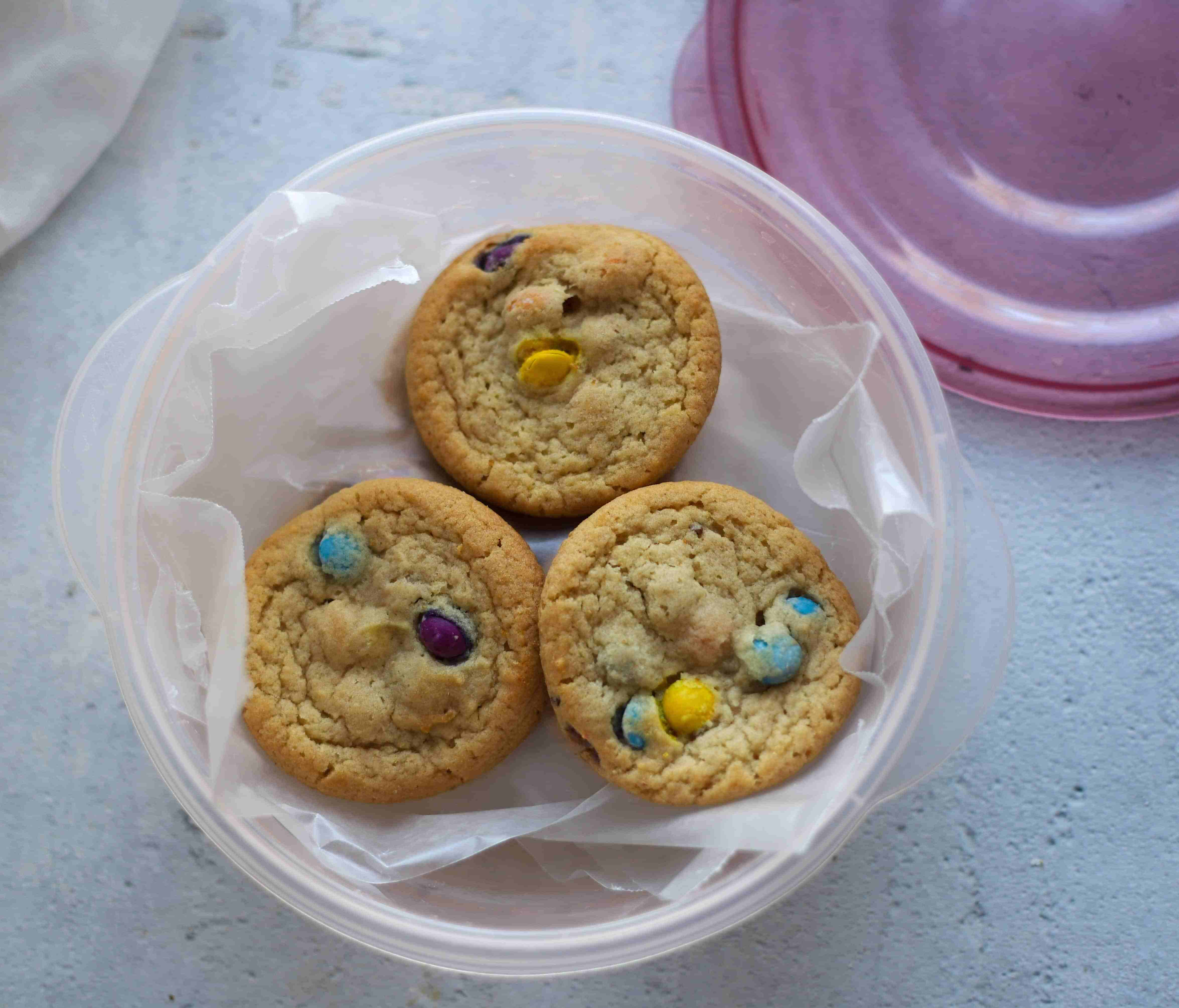
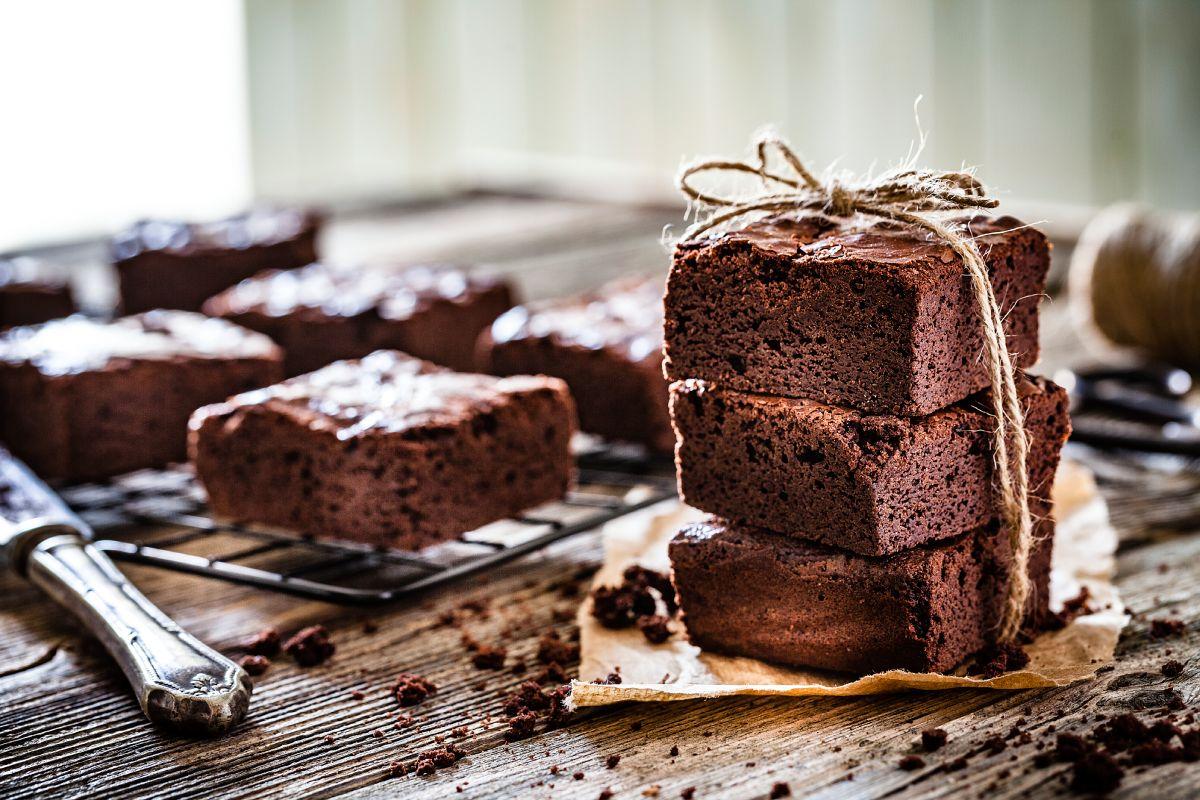
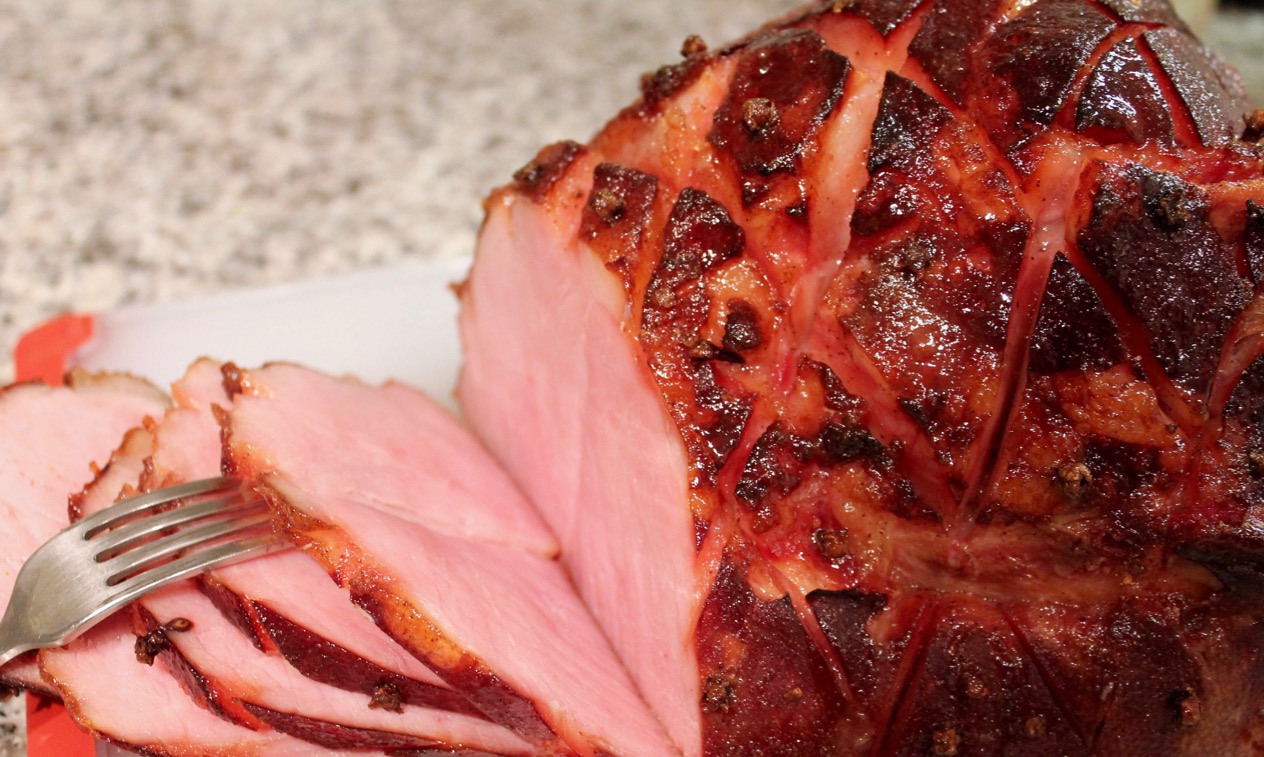


0 thoughts on “How To Store Baked Goods”